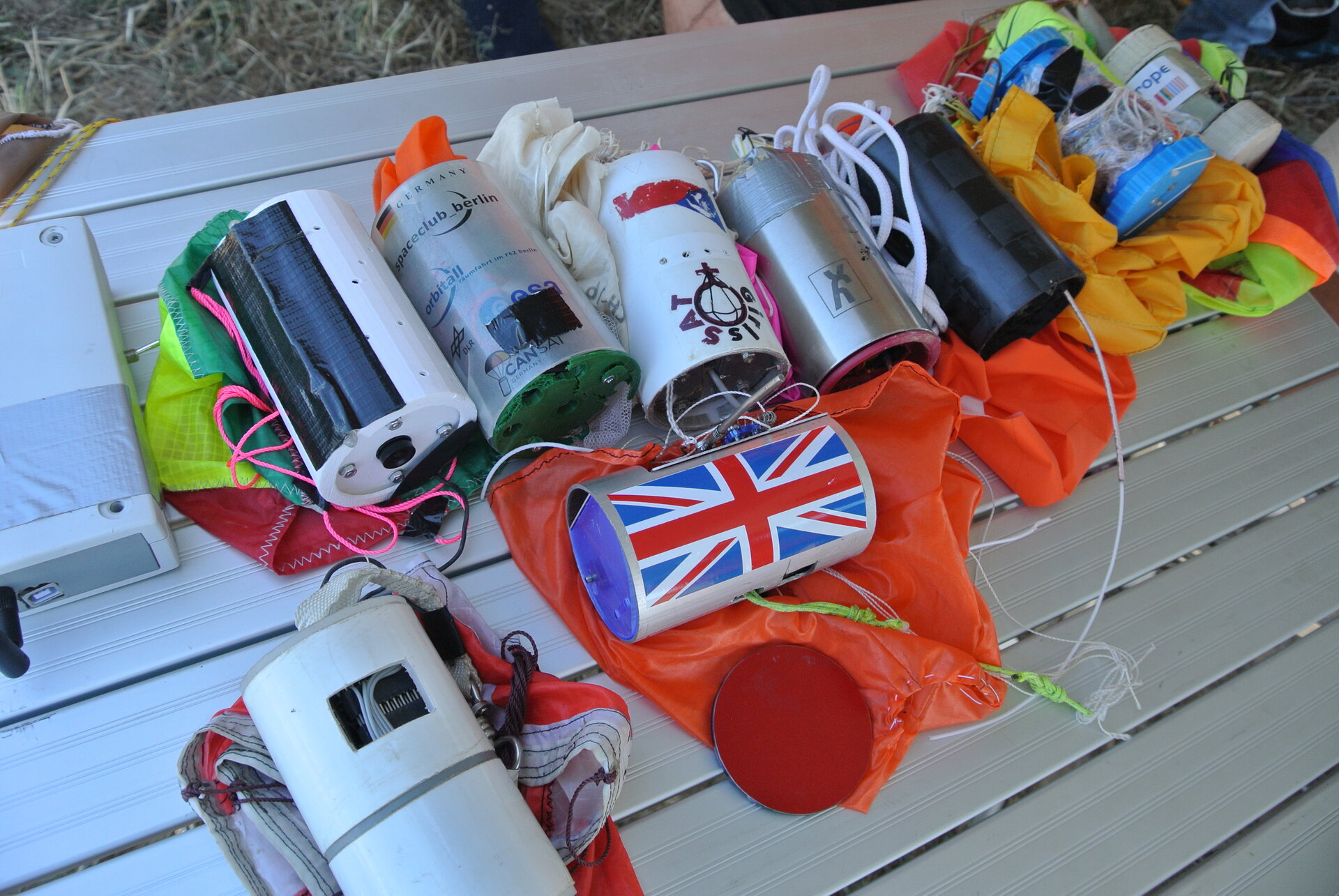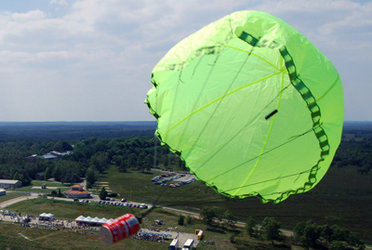Submit your proposal for the 2016 European CanSat Competition
Big dreams often start small. If you dream of sending a big mission to space, then the best way to start is with something the size of a soft-drink can. Send your proposal and participate in the 2016 European CanSat Competition!
ESA’s Education Office is inviting secondary school students to enter the 2016 European CanSat Competition. The deadline for entries is 13 December 2015.
CanSats are small ‘satellites’ containing all the necessary subsystems found in a real satellite - such as power and communications – that fit into a 330ml soft-drink can. They do not go into space but are released from a rocket or a balloon at an altitude of about 1 kilometre. On their way back to the ground, CanSats have to perform a certain mission and land safely.
ESA’s European CanSat Competition requires that every CanSat be designed to complete a primary as well as a secondary mission.
The CanSat’s primary mission is the same for all participating teams: to measure the air temperature and air pressure as it falls back to Earth. The data must be transmitted by the CanSat at least once every second so that the team can analyse it and display it on a graph.

The CanSat’s secondary mission can be chosen by each participating team. For example, it could be the measurement of more advanced parameters, such as acceleration, GPS location or surrounding radiation levels, or it could be to perform a landing using a control mechanism such as a parafoil to come down as close as possible to a target. It can even be the release of a small rover after landing.
ESA has launch slots available for the 2016 European CanSat Competition. A number of slots are already reserved for the winners of national CanSat competitions organised in several ESA Member States (click here to see the list of national CanSat competitions and the contact details of the organisers). Through a competitive selection process ESA will assign the remaining places to the teams from ESA Member states that do not have a national competition and that responded to this call for proposals.
If the national 2015-2016 CanSat competition in your country is already closed, do not miss the opportunity to apply next year!
Each participating team must be composed of 4 to max 6 secondary school students, aged 14 years or more, and be assisted by a teacher.
The 2016 launch campaign
ESA will cover the accommodation, meals, and local transportation expenses for the participating teams (one teacher and up to 6 students max), as well as all costs for the rocket launches and the related flight activities.
Teams are responsible for obtaining alternative sponsorship for any additional CanSat hardware they may need, as well as for their travel expenses to and from the competition launch campaign location.
How to apply
The guidelines for the 2016 European CanSat Competition are published on the ESA Education Portal and on the CanSats in Europe website. They can also be downloaded here. Read these documents carefully before applying.
The deadline for proposals is Sunday 13 December 2015 at 22:00 CET. A complete proposal form must be emailed to ESA before the deadline at cansat @ esa.int, with the subject: '2016 European CanSat Competition Call for Proposals'.
Eligibility
In order for a proposal to be considered eligible, the following conditions should be fulfilled:
- The team should comprise between 4 and 6 secondary school students (aged 14+), and be assisted by a teacher.
- The team members must be enrolled as full-time students at a secondary school in an ESA Member State*.
- The team’s Member State should not be any of those hosting a national CanSat competition (see list here), since a place for the winning team of each national competition is already reserved.
- The majority of the team members must be nationals of an ESA Member State.
- A complete application must be emailed to ESA before 22:00 CET on Sunday 13 December 2015 at cansat @ esa.int with the subject: '2016 European CanSat Competition Call for Proposals'.
*ESA Member States:
Austria, Belgium, Czech Republic, Denmark, Estonia, Finland, France, Germany, Greece, Hungary, Ireland, Italy, Luxembourg, the Netherlands, Norway, Poland, Portugal, Romania, Spain, Sweden, Switzerland, United Kingdom.
Note
The winning teams of the 2015 European CanSat competition were:
Advanced category
1st prize: team Impulse from St Paul’s School, London (United Kingdom) deployed an atmosphere humidity analysis CanSat and rover that was supposed to travel short distances on the ground.
2nd prize: spaceclub_berlin from FEZ Berlin (Germany) measured the angle of the CanSat, the magnetic field, the particulate concentration and took some pictures of the flight.
3rd prize: SG Can Science 2015 from Silkeborg Gymnasium (Denmark), attempted to establish two-way communication between the CanSat and the Ground Station, taking different kinds of data during the flight at their commands.
Beginners category
1st prize: AlpSat from BG/BRG Stainach (Austria) measured position and height with GPS, acceleration, 3-dimensional positions with different methods and a camera for Earth observation.
2nd prize: TechSwarm from V Liceum Ogólnokształcące im. Augusta Witkowskiego in Kraków (Poland), planned to deploy 4 legs for landing stability and measured the magnetic field and environmental conditions tying a full panorama using a rotating camera.
3rd prize: Sky Shepherd from the Istituto Adone Zoli from Atri, Abruzzo (Italy) detected and measured the variations of solar radiation and air pollution while studying an efficient landing system.





